Revolutionizing Research: The Impact of Lab Robotics on Scientific Discoveries
The integration of lab robotics into scientific research is transforming the landscape of discovery in unprecedented ways. According to a report by the International Journal of Robotics Research, the adoption of robotic systems in laboratories has increased by over 30% in the past five years, streamlining processes ranging from high-throughput screening to sample preparation. This surge in lab robotics not only enhances efficiency but also improves accuracy, allowing researchers to focus on experimental innovation rather than mundane tasks. A recent study by Lab Automation Leaders indicates that automation can reduce experiment turnaround time by as much as 50%, significantly accelerating the pace of scientific breakthroughs. As such, lab robotics is not merely a trend but a revolutionary advancement propelling scientific exploration to new heights, bringing us closer to solving some of the world's most pressing challenges.

The Role of Lab Robotics in Accelerating Scientific Research Processes
Lab robotics is transforming the landscape of scientific research, significantly accelerating experimental processes and enhancing data accuracy. According to a report by MarketsandMarkets, the global laboratory automation market is projected to grow from $4.6 billion in 2020 to $8.6 billion by 2025, reflecting a compound annual growth rate (CAGR) of 13.5%. This surge is driven by the increasing demand for high-throughput screening and the need for reproducibility in scientific experiments, which robotic systems are uniquely equipped to provide.
The integration of robotics into laboratories not only speeds up workflows but also minimizes human error, facilitating more consistent and reliable results. For instance, when using liquid handling robots, researchers have noted a reduction in variability in reagent dispensing, which can lead to more precise outcomes. A 2021 study published in the Journal of Laboratory Automation highlighted that teams utilizing automation technology achieved up to 40% faster experimental turnaround times compared to traditional manual methods. This efficiency allows scientists to focus on hypothesis generation and exploration of innovative ideas rather than getting bogged down in routine tasks.
Enhancing Precision and Consistency with Robotic Automation
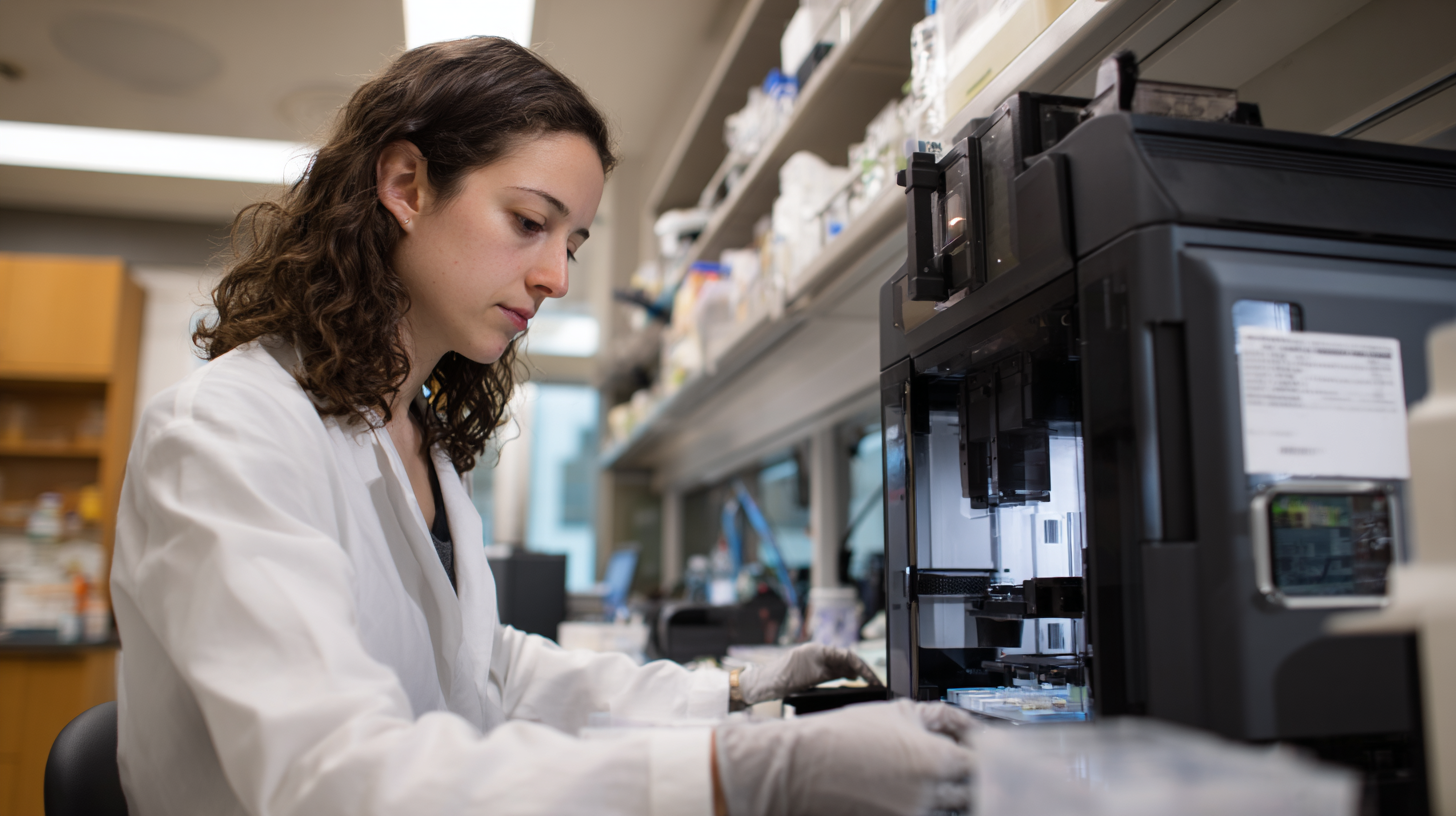 The integration of robotic automation in laboratories is transforming the landscape of scientific research by significantly enhancing precision and consistency. According to a report by Frost & Sullivan, the global laboratory automation market is expected to reach $6.5 billion by 2025, driven by the need for improved accuracy in experimental results. Robots enable researchers to perform repetitive tasks with a level of precision that far exceeds human capability, minimizing the risk of human error that often plagues data collection and analysis.
The integration of robotic automation in laboratories is transforming the landscape of scientific research by significantly enhancing precision and consistency. According to a report by Frost & Sullivan, the global laboratory automation market is expected to reach $6.5 billion by 2025, driven by the need for improved accuracy in experimental results. Robots enable researchers to perform repetitive tasks with a level of precision that far exceeds human capability, minimizing the risk of human error that often plagues data collection and analysis.
Moreover, advancements in robotic technologies allow for higher throughput screening processes, which is crucial in fields such as drug discovery and genomics. An analysis from MarketsandMarkets highlights that automated liquid handling systems improve consistency across experiments, reducing variability by up to 20%. This consistency not only accelerates the discovery process but also enhances the reproducibility of scientific findings, which is a critical issue in contemporary research. By leveraging lab robotics, researchers can focus more on innovative thinking and less on tedious manual tasks, ultimately leading to pioneering breakthroughs in various scientific fields.
Cost Efficiency and Resource Management through Robotic Solutions
The integration of lab robotics into scientific research has ushered in a new era of cost efficiency and resource management. With the increasing demand for high-throughput experiments, traditional methods often lead to significant time and financial constraints. Robotic systems streamline tedious processes, enabling researchers to automate repetitive tasks such as sample preparation, liquid handling, and data analysis. This automation not only reduces labor costs but also minimizes human error, resulting in more reliable and reproducible results.
Furthermore, robotic solutions offer enhanced resource management. By optimizing workflows and maximizing reagent usage, labs can significantly cut down on waste. The ability to monitor and manage resources in real-time contributes to better planning and allocation, allowing institutions to operate within tighter budgets. As research funding becomes more competitive, the cost savings achieved through the adoption of lab robotics can provide critical advantages, enabling labs to allocate resources more effectively and invest in innovative projects. The shift towards automation not only amplifies productivity but also fosters a more sustainable research environment.
Revolutionizing Research: Cost Efficiency in Scientific Labs through Robotics
Transforming Data Collection and Analysis with Advanced Robotics
The integration of advanced robotics in laboratories has profoundly transformed the landscape of data collection and analysis in scientific research. According to a report by the International Robotics Federation, the use of robotics in laboratories can enhance throughput by over 50%, enabling researchers to conduct experiments at a scale and speed that was previously unattainable. This significant increase in efficiency allows scientists to focus on interpreting results rather than spending time on repetitive tasks.
Moreover, the precision of lab robotics leads to more reliable data collection. Research by McKinsey & Company suggests that automated systems can reduce human error by up to 90%, which is crucial in fields where accuracy is paramount, such as pharmaceuticals and genetics. By minimizing variability, researchers can enhance the reproducibility of their experiments, fostering trust and validity in scientific findings.
Tips: When implementing robotics into your lab, start small by automating specific, high-volume tasks. This approach allows for gradual adaptation and minimizes disruption. Additionally, invest in training for staff to ensure they fully understand both the technology and its implications for data interpretation.
Navigating Ethical Considerations in the Adoption of Lab Robotics
The integration of lab robotics in scientific research has unarguably transformed the landscape of scientific discovery, but it also raises important ethical considerations that cannot be overlooked. For instance, a report by the National Institutes of Health suggests that automating laboratory processes could reduce human error by up to 80%, but the responsibility for overseeing these automated systems remains a pressing concern. Researchers must ensure that ethical guidelines are established to handle situations where robotic systems may produce flawed data or unforeseen consequences arise from automated procedures.
Moreover, the deployment of lab robotics often challenges traditional notions of authorship and intellectual contribution in scientific research. According to a survey conducted by the Association of American Medical Colleges, 65% of researchers expressed uncertainty about how to attribute authorship in studies where robotics played a substantial role. This ambiguity could potentially undermine the integrity of scientific work and calls for a reevaluation of existing ethical frameworks to clear up these concerns. As the reliance on robotic systems continues to grow, striking a balance between innovation and ethical responsibility will be crucial for fostering a responsible research environment.

Related Posts
-
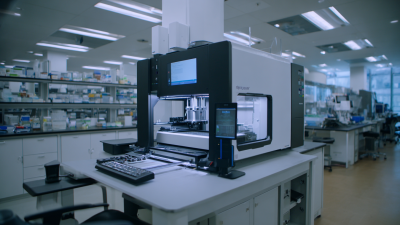
Revolutionizing Research Efficiency through Lab Robotics and Automated Workflows in Life Sciences
-
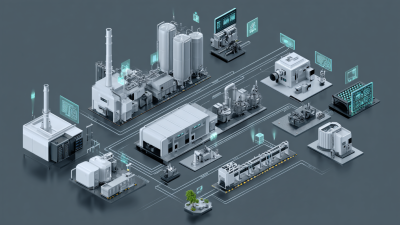
How to Leverage Think Robotics for Enhanced Industrial Efficiency
-
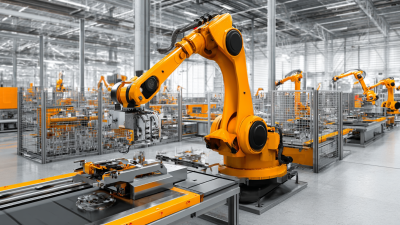
How to Enhance Efficiency in Manufacturing by Rethinking Robotics Integration
-

Exploring the Future of Warehouse Robotics at the 138th China Import and Export Fair in 2025
-

Ultimate Guide to Mastering Agile Robotics for Business Success
-
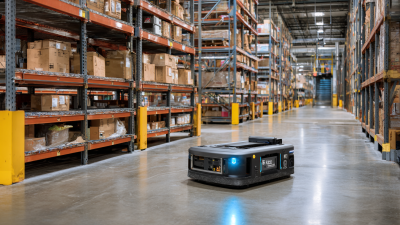
Unlocking Warehouse Efficiency: How Robot AMRs Are Transforming Supply Chains Today